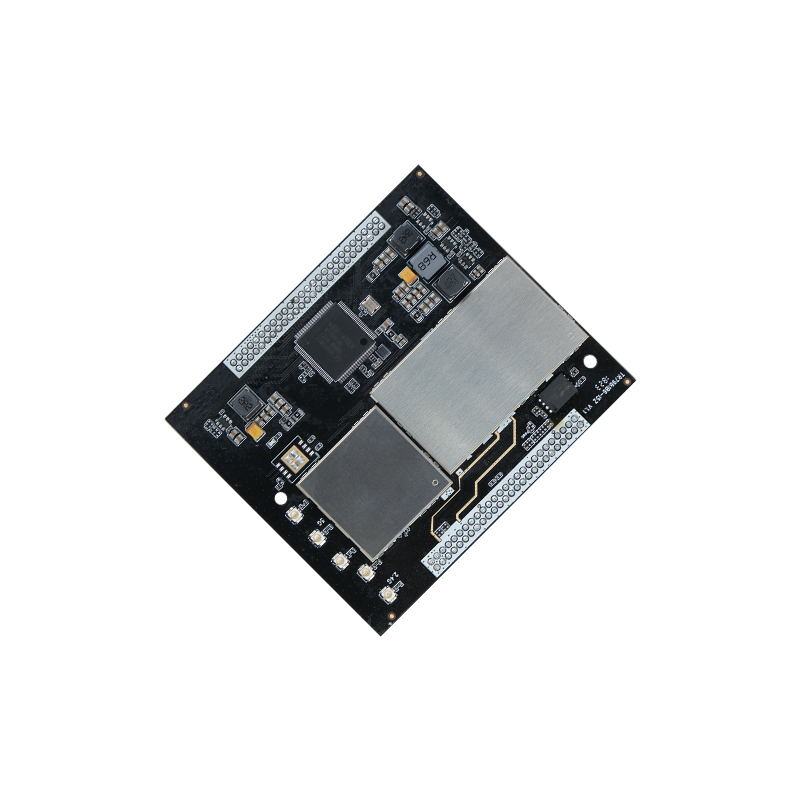When it comes to choosing the right router module, it is important to understand the differences between dual-band and tri-band technologies. These two options offer unique features and benefits to cater to various networking requirements. In this article, we will explore the dissimilarities between dual-band and tri-band technologies to help you make an informed decision.
Dual-band technology, as the name suggests, operates on two frequency bands simultaneousl: 2.4GHz and 5GHz. This allows devices to connect to one of these two bands, depending on their compatibility and network requirements. The 2.4GHz band offers wide coverage and better penetration through walls and obstructions, making it suitable for long-range connections. On the other hand, the 5GHz band provides faster speeds and less interference, ideal for activities that require high bandwidth, such as online gaming and HD video streaming.
Tri-band technology takes networking capabilities to the next level by utilizing three frequency bands: one 2.4GHz band and two 5GHz bands. This additional 5GHz band offers increased capacity and allows for more devices to connect without experiencing congestion or interference. This is especially beneficial in homes or offices where multiple users and devices are simultaneously accessing the network. Tri-band routers intelligently distribute devices across the different frequency bands to ensure optimum performance and avoid overcrowding.

While both dual-band and tri-band routers offer wireless connectivity, there are notable differences in their performance. Dual-band routers provide reliable coverage over a larger area due to the lower frequency band of 2.4GHz, which has better reach. However, they may suffer from congestion and slower speeds when multiple devices are connected and competing for bandwidth. On the other hand, tri-band routers excel in a crowded environment with high device density, offering faster speeds and more reliable connections.
The choice between dual-band and tri-band technology largely depends on the specific networking requirements and usage scenarios. If you have a small household with a limited number of devices and do not require extensive bandwidth, a dual-band router may be sufficient. Its affordable price tag and wider coverage make it perfect for average internet usage and everyday tasks. Conversely, if you have a large household or a small office with multiple users and devices demanding high-speed connectivity, a tri-band router can handle the load more efficiently and offer a seamless experience.
In summary, the difference between dual-band and tri-band technologies lies in the number of frequency bands and their respective benefits. Dual-band routers operate on two bands to cater to different devices and offer a balance between coverage and speed. Tri-band routers, on the other hand, provide an extra 5GHz band to support more devices and ensure exceptional performance in busy networks. Consider your specific needs and usage scenarios to determine which technology suits you best.
 Trolink Joint With Tuya to Make Iot Benefit Every Family
Trolink Joint With Tuya to Make Iot Benefit Every Family
 5 Key Indicators for WiFi Module Selection You Have to Know !
5 Key Indicators for WiFi Module Selection You Have to Know !
 IOT module is the brain of smart products
IOT module is the brain of smart products
 What is the signal coverage range of the WiFi module chip?
What is the signal coverage range of the WiFi module chip?